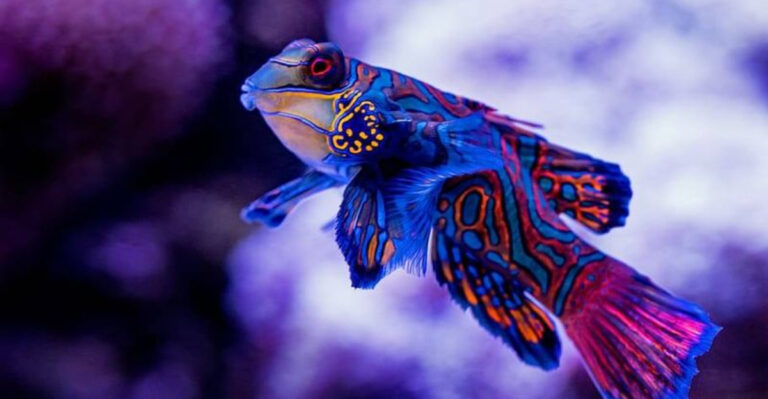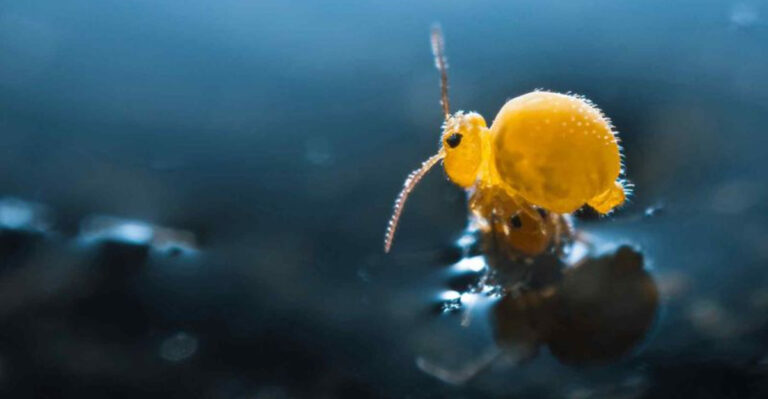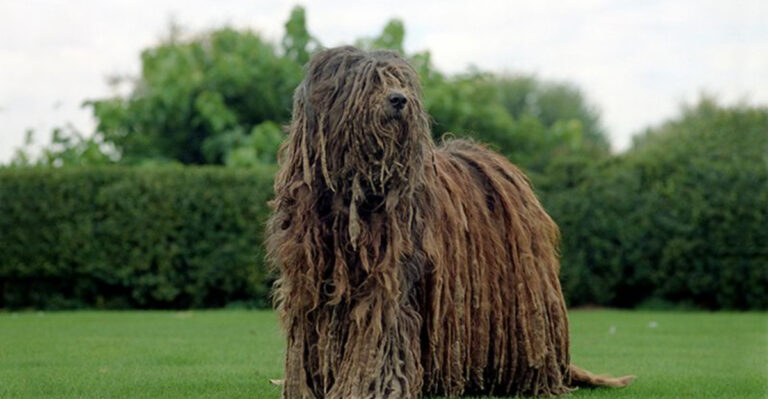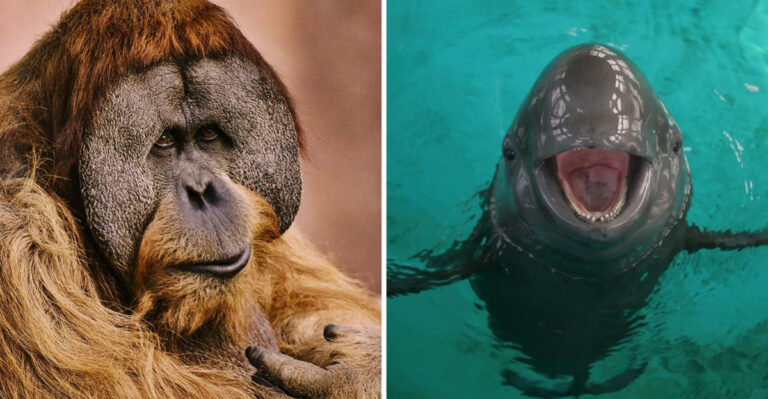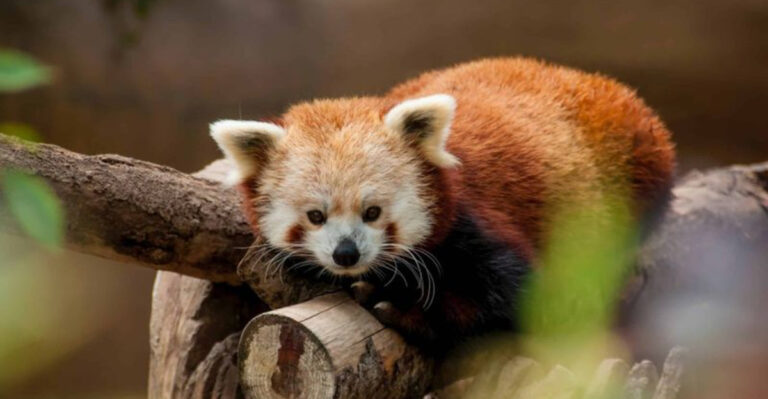How These 16 Resilient Animals Bounce Back From Catastrophes
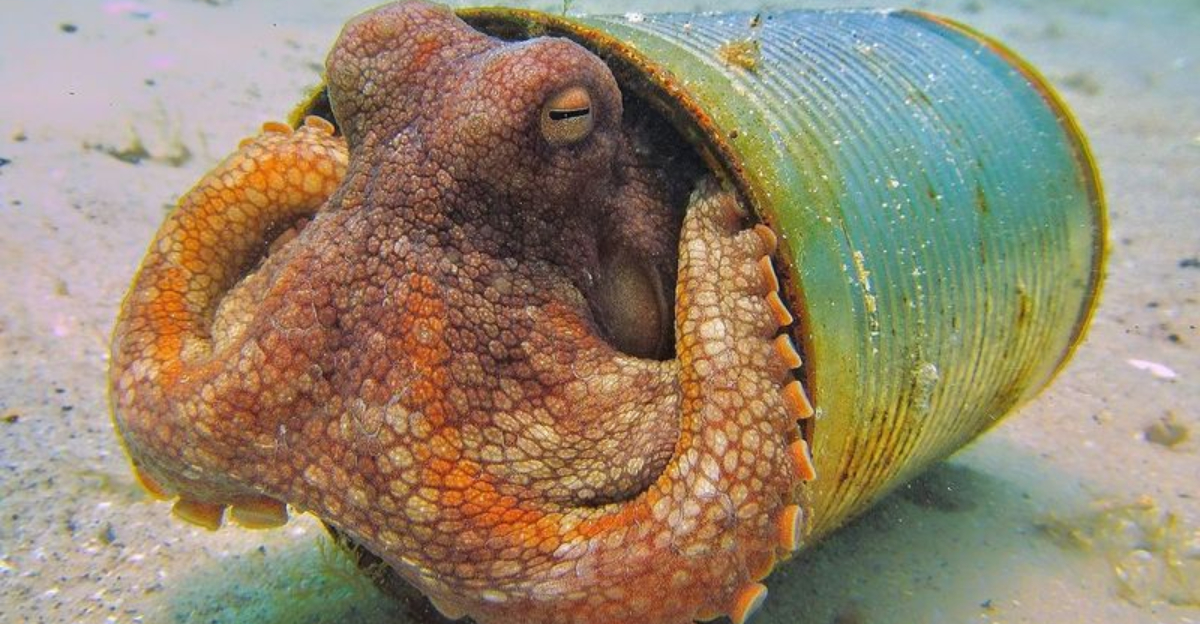
Have you ever wondered how some animals manage to thrive even in the most challenging conditions? Meet the unsung heroes of the animal kingdom, who not only survive but thrive after disasters.
These creatures have evolved to adapt, endure, and flourish in environments that would challenge even the most seasoned survivor!
1. Wild Boar (Chernobyl Zone)
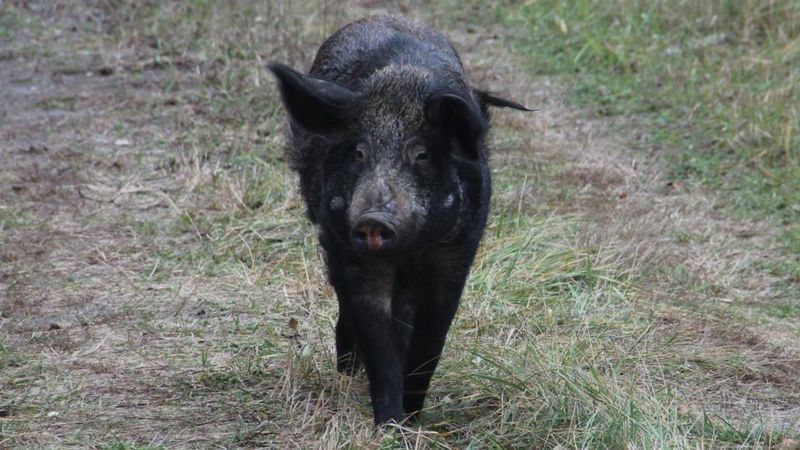
These adaptable beasts have not only survived the radiation but have also prospered, filling in the gaps left by human evacuation.
Roaming through abandoned buildings and dense forest, they find an abundance of food and space. Without human interference, their populations have increased.
2. Japanese Macaque (Snow Monkeys)
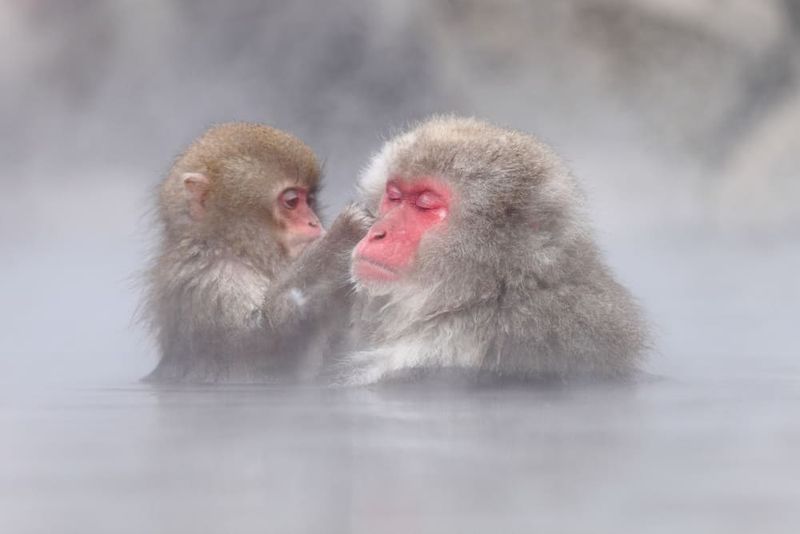
Snow, steam, and a troop of chill monkeys soaking like pros. Japanese macaques have winter living down to an art. But behind the cozy hot spring scenes is a story of serious adaptability.
After the Fukushima disaster, these clever primates adjusted their foraging habits, steering clear of high-radiation zones and finding new food sources to keep going.
3. Peregrine Falcon
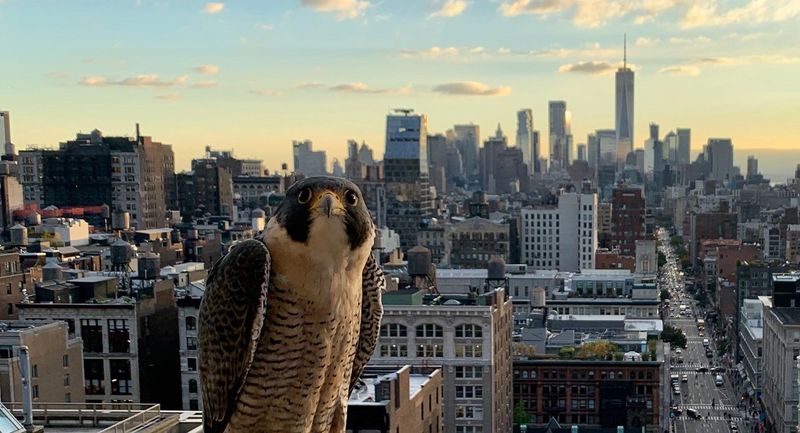
Ever seen a falcon eyeing prey from a skyscraper ledge? Urban landscapes are the new hunting grounds for peregrine falcons, once on the brink due to DDT pesticide use.
With their unmatched speed, they dive through cityscapes, taking advantage of tall structures for nesting.
4. Red-Cockaded Woodpecker
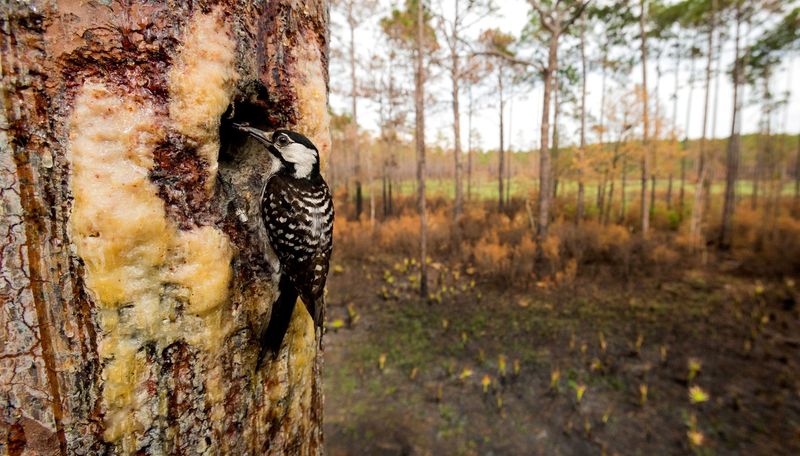
Who would think that a forest fire could be a woodpecker’s best friend? The red-cockaded woodpecker flourishes in fire-maintained pine forests, relying on the charred trees to carve out its home.
These resilient birds are masters at turning calamity into opportunity, thriving where other species might falter.
Fires might devastate, but these woodpeckers show that life can bounce back stronger.
5. Flamingo (Lake Natron Population)

Try calling a toxic lake home: that’s everyday life for the flamingos at Lake Natron in Tanzania. The water is so alkaline it can calcify animals, but these birds nest right beside it like it’s no big deal.
Even when droughts hit or nearby volcanoes stir up ash, they come back year after year. Their vivid pink feathers pop against the cracked earth and eerie waters.
6. Common Octopus
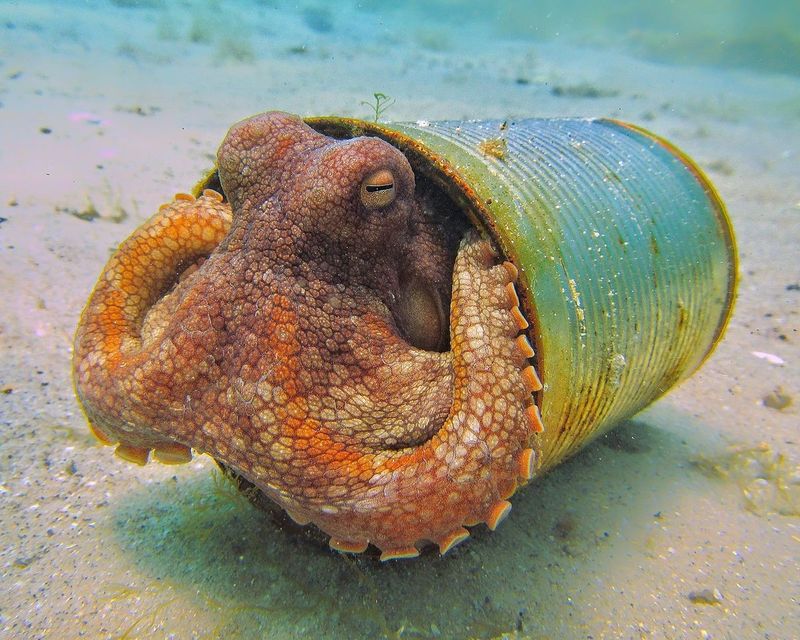
What if your home was destroyed, and you had to rebuild from the debris? The common octopus is a master of adaptation, often reoccupying damaged underwater structures after quakes or spills.
With intelligence rivaling that of land animals, they transform wreckage into cozy homes. Their ingenuity and adaptability make them the ultimate underwater survivors!
7. California Condor
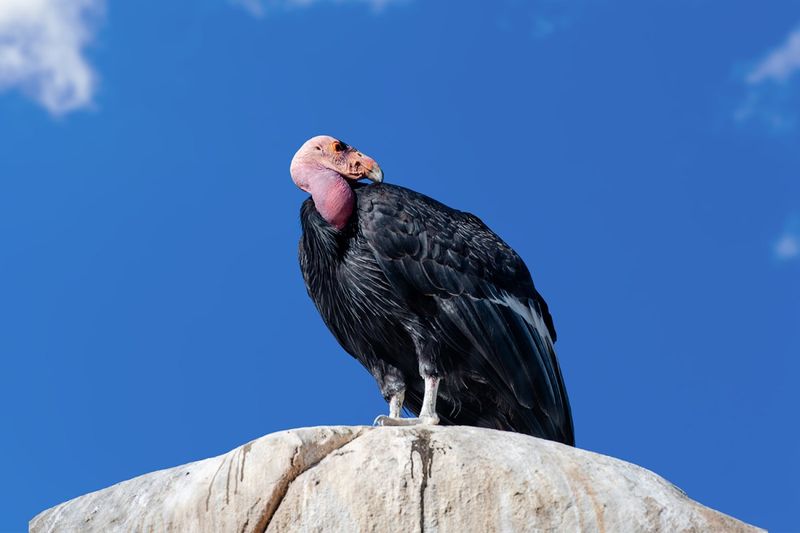
Soaring over scorched hills and blackened forests, the California condor knows a thing or two about survival.
These massive birds were nearly wiped out, facing everything from lead poisoning to raging wildfires.
Now, their wings stretch wide over landscapes still healing, a bold sign that comeback stories aren’t just for humans. Watching them glide above it all feels like nature getting a second wind.
8. Tree Frog (Puerto Rico)
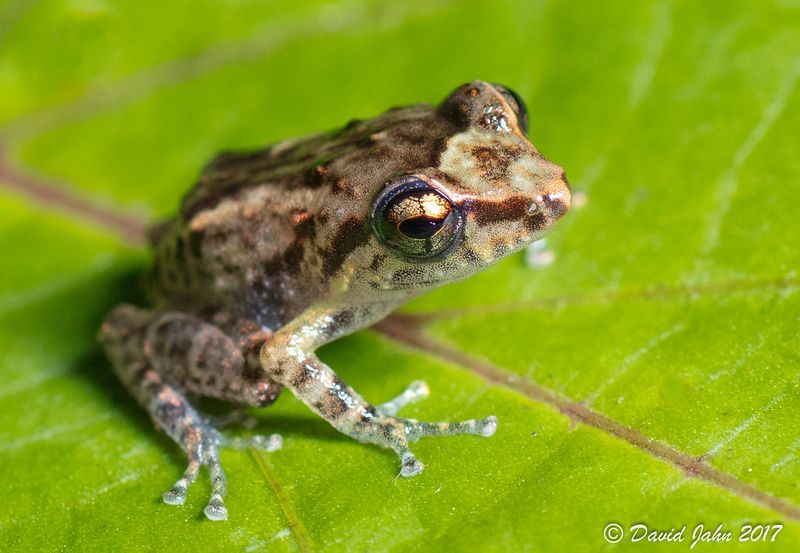
Tiny yet mighty, the Puerto Rican tree frog is a symbol of resilience. After hurricanes like Maria, these amphibians bounced back, thriving as many other species declined.
Despite their small size, they wield big comeback energy, exemplifying how the smallest creatures can make the biggest impacts. Who knew such a tiny frog could have such a mighty spirit?
9. Wombat
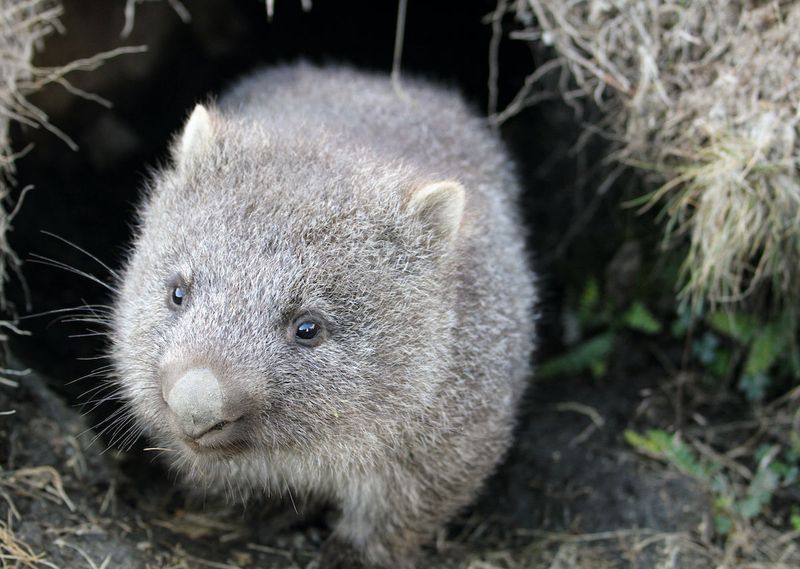
Picture this: a burrow, not just a home, but a refuge for others. During Australia’s bushfires, wombats, those endearing little bulldozers, provided shelter to various animals in their burrows.
These creatures not only survived but played a crucial part in the survival of others. Talk about being a good neighbor in times of crisis!
10. Axolotl
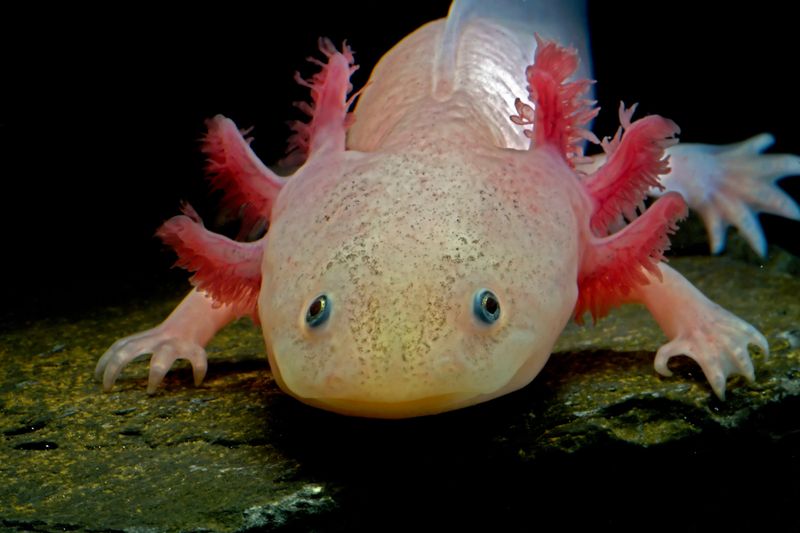
With a perpetual smile, the axolotl defies the odds in Mexico City’s canals. Pollution and habitat loss are no match for this charming amphibian, who’s become a symbol of resilience.
Despite challenges, they persist with grace, captivating researchers and enthusiasts alike. Their survival story is one of hope, showing that even in the most difficult environments, life finds a way to endure.
11. Ants
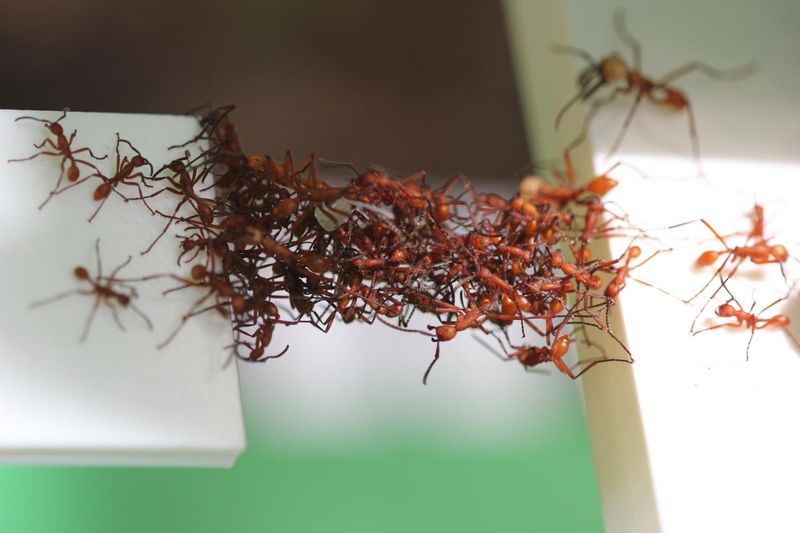
Ever felt like giving up, only to find strength in numbers? Ants are the epitome of collective resilience, rebuilding entire colonies just days after natural disasters.
Whether it’s floods, earthquakes, or fires, they spring into action, displaying teamwork and tenacity.
12. Galápagos Tortoise
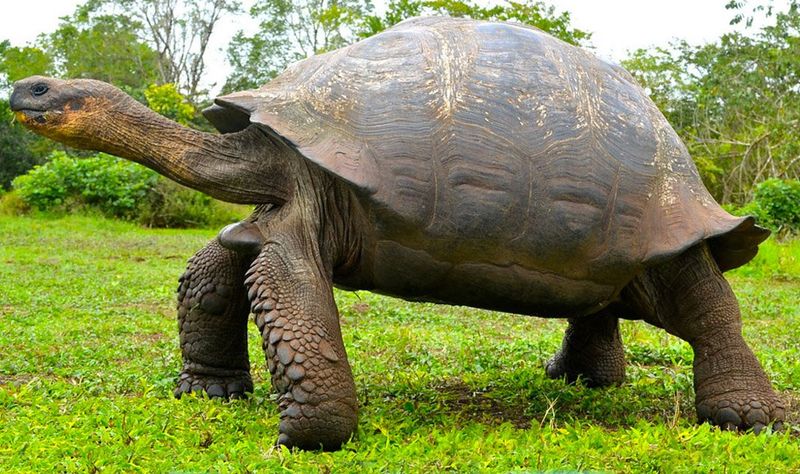
Slow and steady wins the race, and the Galápagos tortoise is living proof. With their islands reshaped by volcanic eruptions, these ancient reptiles have adapted over centuries.
A slow pace belies their resilience, as they navigate landscapes that would seem inhospitable. Who knew these gentle giants could be such masters of survival?
13. Mangrove Killifish
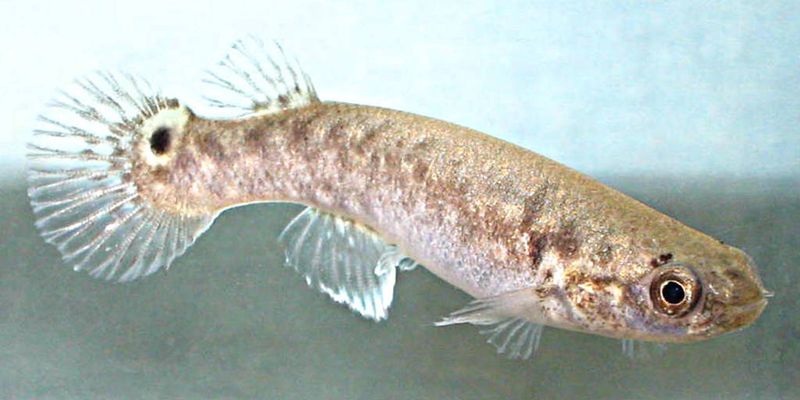
Imagine being a fish out of water, literally. The mangrove killifish survives hurricane floods by living on land. It breathes through its skin, hiding in logs until waters recede.
This fish’s adaptability to drastic changes is a marvel, showcasing nature’s ingenuity. It’s a reminder that sometimes, survival means stepping out of your comfort zone, quite literally!
14. African Elephant
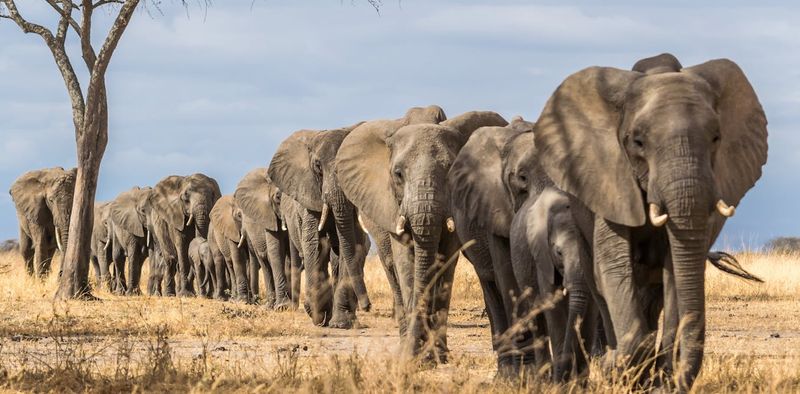
With memories as vast as their landscapes, African elephants navigate back to water after droughts. These gentle giants teach new generations survival routes, relying on their remarkable memory.
Even amid habitat loss and poaching, they show resilience and familial bonds, continuing their journey through Africa’s changing landscapes.
15. Cave-Dwelling Fish (Post-Earthquake Survivors)
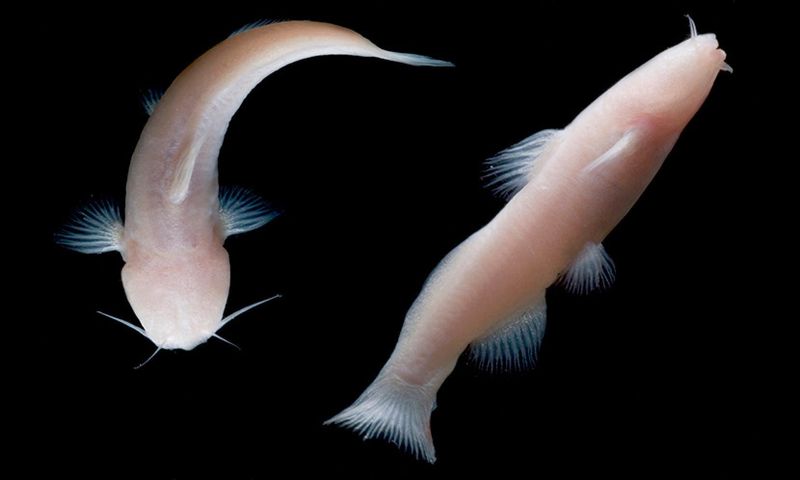
In the dark depths of caves, some fish find new beginnings after seismic upheaval. These blind cave-dwelling fish emerge from quakes, navigating fresh water pathways underground.
Their ability to adapt to unseen environments is astonishing, offering a glimpse into evolution’s wonders. In the face of uncertainty, they find their way, redefining what it means to survive and thrive.
16. Bald Eagle
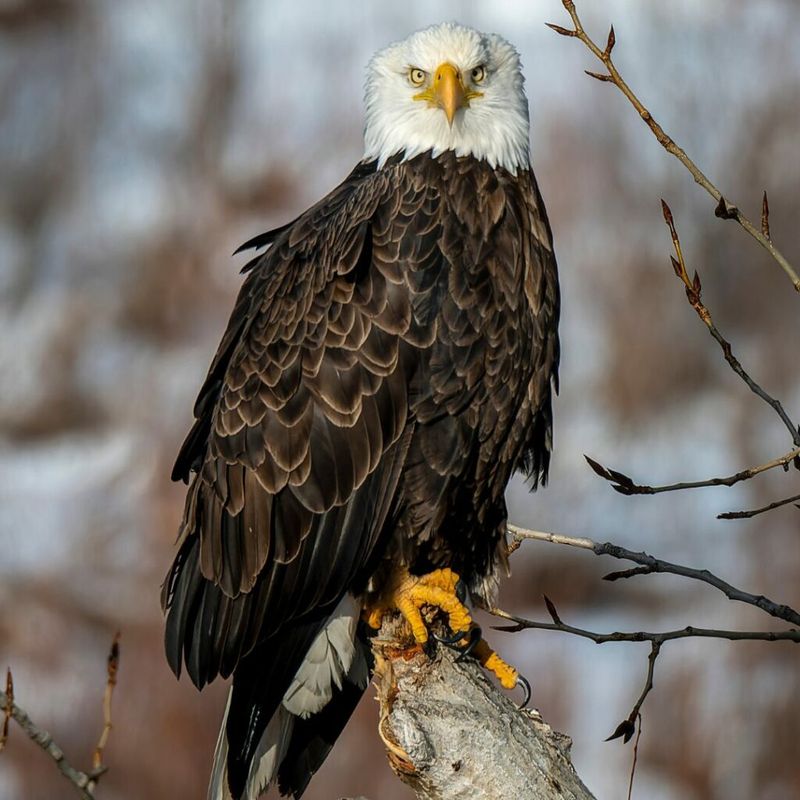
Once on the edge of disappearance, the bald eagle has soared back to prominence. After overcoming environmental collapse, they now rebuild nests in areas affected by fires and floods.
Their proud stance and piercing eyes symbolize resilience and strength. The bald eagle’s journey from near extinction to flourishing is a testament to life’s ability to overcome challenges and rise anew.

